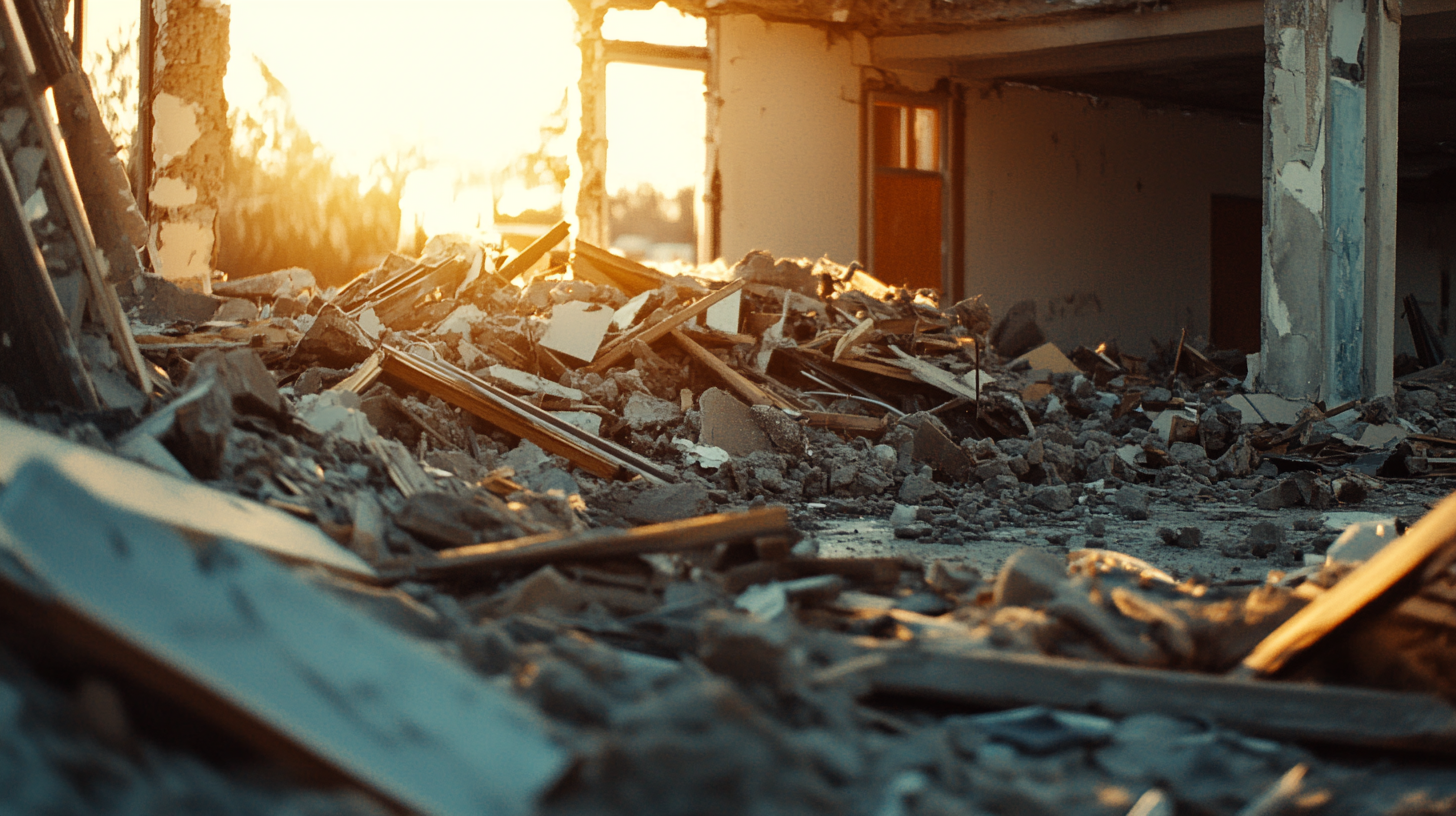
When managing debris, deciding between recycling and disposal is a critical step that impacts both the environment and practical logistics. Recycling helps conserve resources and reduce landfill waste by repurposing materials like metal, plastic, and organic debris. On the other hand, disposal is often necessary for items that cannot be reused or safely recycled, such as hazardous materials or damaged goods.
This decision holds significant importance for property owners, municipalities, and businesses alike. From an environmental perspective, recycling reduces pollution and supports sustainability efforts. Practically, it can lower disposal costs and help comply with local waste management regulations. Understanding the differences between recycling and disposal ensures that debris is handled responsibly, minimizing harm to the environment while addressing the unique needs of each situation.
This blog explores the importance of choosing the appropriate method for managing debris and offers insights into how to make environmentally sound and practical decisions for effective waste management.
Common Types of Household Debris
Household debris comes in many forms, ranging from everyday organic waste to specialized hazardous materials. Properly categorizing and managing these types of debris is essential for maintaining a clean home and contributing to sustainable waste management practices. Below is a breakdown of the most common types of household debris and examples of each.
Organic Waste
Organic waste consists of biodegradable materials that decompose naturally over time. This type of debris is commonly produced during cooking and yard maintenance.
- Examples: Food scraps like fruit and vegetable peels, coffee grounds, eggshells, leaves, grass clippings, and other yard waste.
- Management: Organic waste is ideal for composting, turning debris into nutrient-rich soil that can be used in gardens, reducing landfill contributions.
Non-Organic Recyclables
Non-organic recyclables include materials that can be processed and repurposed into new products. These items are often part of daily household activities.
- Examples: Paper, cardboard, plastic bottles, aluminum cans, and glass jars. Common sources include packaging, newspapers, and beverage containers.
- Management: Separate recyclable items and clean them before placing them in designated recycling bins. Check local recycling guidelines to ensure compliance with accepted materials.
Non-Recyclable Waste
Non-recyclable waste includes materials that cannot be processed through standard recycling methods. These items often end up in landfills.
- Examples: Greasy food wrappers, Styrofoam, used paper towels, and broken glass. Mixed materials that are difficult to separate, like chip bags, also fall into this category.
- Management: Ensure proper disposal of non-recyclable waste in trash bins. For safety, securely wrap sharp items like broken glass to prevent injuries during handling.
Hazardous Household Items
Hazardous debris includes items that can pose risks to health and the environment if not handled correctly.
- Examples: Batteries, electronics, paint, cleaning chemicals, and lightbulbs. Old electronics and expired cleaning supplies are frequent contributors to this category.
- Management: Take hazardous items to designated collection sites or hazardous waste disposal programs offered by local municipalities. Avoid mixing these materials with regular trash or recyclables.
The Benefits of Recycling Household Debris
Recycling household debris offers numerous advantages that go beyond simply reducing waste. By turning recyclable materials into new products, recycling helps protect the environment, supports economic growth, and fosters a cleaner, more sustainable community. Below are the key benefits of recycling household debris.
Environmental Benefits
Recycling plays a critical role in protecting the planet by addressing the challenges of waste accumulation and resource depletion:
- Reduction of Landfill Waste: Recycling diverts materials like paper, plastics, and metals from landfills, slowing their growth and preserving space for non-recyclable waste.
- Conservation of Natural Resources: By reusing materials, recycling reduces the need to extract raw resources such as timber, water, and minerals, helping to conserve these finite supplies.
- Pollution Minimization: Proper recycling prevents improper disposal, which can lead to soil, water, and air pollution. This reduces the environmental impact of waste and helps combat climate change.
Recycling household debris directly contributes to creating a healthier and more sustainable environment.
Economic Advantages
Recycling also has significant economic benefits, both at a local and global scale:
- Job Creation: The recycling and manufacturing industries generate jobs, from collecting and processing materials to producing new goods from recycled content.
- Lower Disposal Costs: Diverting recyclables from traditional waste streams reduces the volume of trash sent to landfills, lowering municipal disposal expenses and potential landfill taxes.
These economic incentives make recycling not only an environmentally responsible choice but also a financially smart one.
Personal and Community Impact
Recycling fosters a sense of personal responsibility and collective effort toward building a cleaner, more sustainable world:
- Encouragement of Sustainable Habits: Recycling promotes eco-conscious living, encouraging individuals and families to make smarter, more sustainable choices in their daily lives.
- Improved Community Spaces: By reducing litter and keeping recyclables out of public spaces, recycling contributes to cleaner neighborhoods and parks, improving overall quality of life.
Through active participation in recycling programs, individuals can inspire others to adopt similar practices, fostering stronger, more eco-friendly communities.
When Recycling Isn’t Feasible: Disposing Responsibly
While recycling is the ideal option for managing waste, not all materials can be recycled. In such cases, disposing of debris responsibly becomes essential to minimize environmental harm and maintain public health. Here’s how to effectively handle non-recyclable and hazardous materials and make the most of municipal waste services.
Non-Recyclable Materials
Not all household waste qualifies for recycling, and identifying these items is the first step to responsible disposal:
- Identifying Non-Recyclables: Items like greasy food wrappers, Styrofoam, certain plastic types, and heavily soiled paper products are typically excluded from recycling programs. Check local guidelines to confirm which materials are non-recyclable in your area.
- Reducing Waste: Consider alternative methods to minimize waste. Reuse items like jars or containers for storage, and donate gently used goods to charities or thrift stores. Repurposing non-recyclable items can also give them a second life, reducing landfill contributions.
Making thoughtful choices with non-recyclable materials helps reduce the overall volume of waste.
Proper Disposal of Hazardous Debris
Hazardous materials require special care to prevent harm to people, animals, and the environment:
- Safe Handling: Batteries, electronics, paints, and chemicals should never be thrown in regular trash bins. Store these materials in sealed containers to avoid leaks or contamination before disposal.
- Drop-Off Points and Programs: Many cities have designated drop-off locations or collection days for hazardous waste. These services are equipped to safely handle toxic materials, ensuring they are processed according to environmental regulations.
Adhering to proper disposal practices for hazardous debris protects ecosystems and public health.
Municipal Waste Services
When recycling isn’t feasible, municipal waste services provide an accessible and reliable solution for regular trash disposal:
- City Services: Leverage local trash pickup schedules to ensure timely and efficient disposal of non-recyclable items. Check for bulk waste days to dispose of large items like furniture or mattresses.
- Waste Segregation Tips: To streamline the process, segregate non-recyclable waste from recyclables and hazardous materials. Clearly labeling and organizing waste makes collection easier and more effective for waste management teams.
Utilizing municipal waste services ensures responsible disposal and compliance with local waste management regulations.
Factors to Consider When Choosing Between Recycling and Disposal
When managing household debris, the decision between recycling and disposal requires careful consideration of various factors. From the type of waste to its environmental impact, understanding these elements ensures that waste is handled responsibly while balancing practicality and sustainability. Here are the key factors to keep in mind when choosing between recycling and disposal.
Type and Condition of Debris
The type and condition of debris play a significant role in determining whether it can be recycled or should be disposed of:
- Ideal for Recycling: Materials that are clean, dry, and unsoiled such as paper, cardboard, glass, and certain plastics are best suited for recycling. These materials can be easily processed into new products.
- Requires Disposal: Contaminated, soiled, or heavily damaged items, such as greasy food wrappers, broken glass, or mixed-material waste, often cannot be recycled and need to be disposed of in landfills.
Assessing the condition of debris helps ensure that recyclable materials are properly sorted and processed, while non-recyclables are safely discarded.
Availability of Recycling Programs
Access to recycling facilities and services can influence how waste is managed:
- Local Facilities and Services: Many communities offer curbside recycling programs or local drop-off centers for common materials like plastics, paper, and metals.
- Specialized Recycling: For items like e-waste, batteries, or hazardous materials, specialized programs or facilities may be required. Availability varies by region, so it’s important to research local options.
Choosing recycling over disposal is more feasible when accessible programs are in place to handle specific types of waste.
Time and Effort Required
The time and effort involved in sorting recyclables versus simply discarding everything is another factor to consider:
- Sorting and Preparation: Recycling often requires separating materials, cleaning containers, and ensuring items meet facility guidelines. While this adds effort, setting up a designated system at home can streamline the process.
- Convenience of Disposal: Throwing everything into a single bin may seem easier in the short term but comes at a cost to the environment. Simple practices, like having labeled bins for recyclables and trash, can make recycling just as convenient.
Investing time in an organized recycling setup reduces long-term waste and aligns with sustainable habits.
Environmental Impact
The choice between recycling and disposal has significant implications for the environment:
- Recycling Benefits: Recycling reduces the amount of waste sent to landfills, conserves natural resources, and decreases pollution. For instance, recycling aluminum saves 95% of the energy required to produce it from raw materials.
- Disposal Drawbacks: While convenient, disposal contributes to landfill overflow, greenhouse gas emissions, and the depletion of valuable resources.
Weighing the long-term environmental benefits of recycling against the short-term convenience of disposal encourages more responsible decision-making.
Tips for Maximizing Recycling at Home
Recycling at home is an effective way to reduce waste, conserve resources, and promote sustainable living. With a few thoughtful practices, households can streamline their recycling efforts and make a meaningful impact. Here are some practical tips to maximize recycling at home.
Set Up a Recycling System
A well-organized recycling system makes it easy for everyone in the household to participate:
- Organize Bins: Dedicate separate bins for materials like paper, plastics, metals, and glass. Ensure these are easily accessible in high-traffic areas such as the kitchen or garage.
- Label Bins: Use clear labels or color codes to indicate what belongs in each bin. This helps avoid confusion and keeps non-recyclable materials out of the recycling stream.
A simple, well-structured system encourages consistent recycling habits and reduces contamination in recyclable materials.
Stay Informed About Local Guidelines
Recycling requirements vary by location, so understanding your area’s specific rules is crucial:
- Accepted Materials: Research which materials your local recycling program accepts, as some facilities may exclude certain types of plastics, glass, or paper products.
- Preparation Instructions: Follow guidelines for preparing recyclables, such as rinsing containers to remove food residue, flattening cardboard, or removing labels from glass bottles.
Staying informed ensures your efforts align with local standards and that materials are processed efficiently.
Reduce and Reuse First
Before focusing on recycling, aim to reduce waste generation and reuse items whenever possible:
- Minimize Waste: Buy in bulk to reduce packaging waste, opt for products with minimal or sustainable packaging, and avoid single-use items when alternatives exist.
- Repurpose Items: Find creative ways to reuse materials, such as turning glass jars into storage containers or using cardboard for DIY projects, before considering recycling or disposal.
By prioritizing reduction and reuse, you can decrease the overall amount of waste that needs recycling.
Utilize Specialized Recycling Programs
Some items require more specialized recycling solutions beyond standard curbside collection:
- Drop-Off Centers: Many communities offer drop-off locations for electronics, textiles, batteries, and hazardous materials, ensuring these items are disposed of safely and responsibly.
- Seasonal Programs: Participate in seasonal recycling initiatives, such as yard waste composting or Christmas tree recycling programs, to handle specific types of debris effectively.
Leveraging these specialized programs ensures that items not suitable for regular recycling bins are still managed sustainably.
FAQs
Contact Bull City Crawlspace Today!
Bull City Crawlspace will do everything we can to ensure your experience with us is excellent.
Request A FREE Estimate
Request a Free Estimate Form
Checkout Recent Post
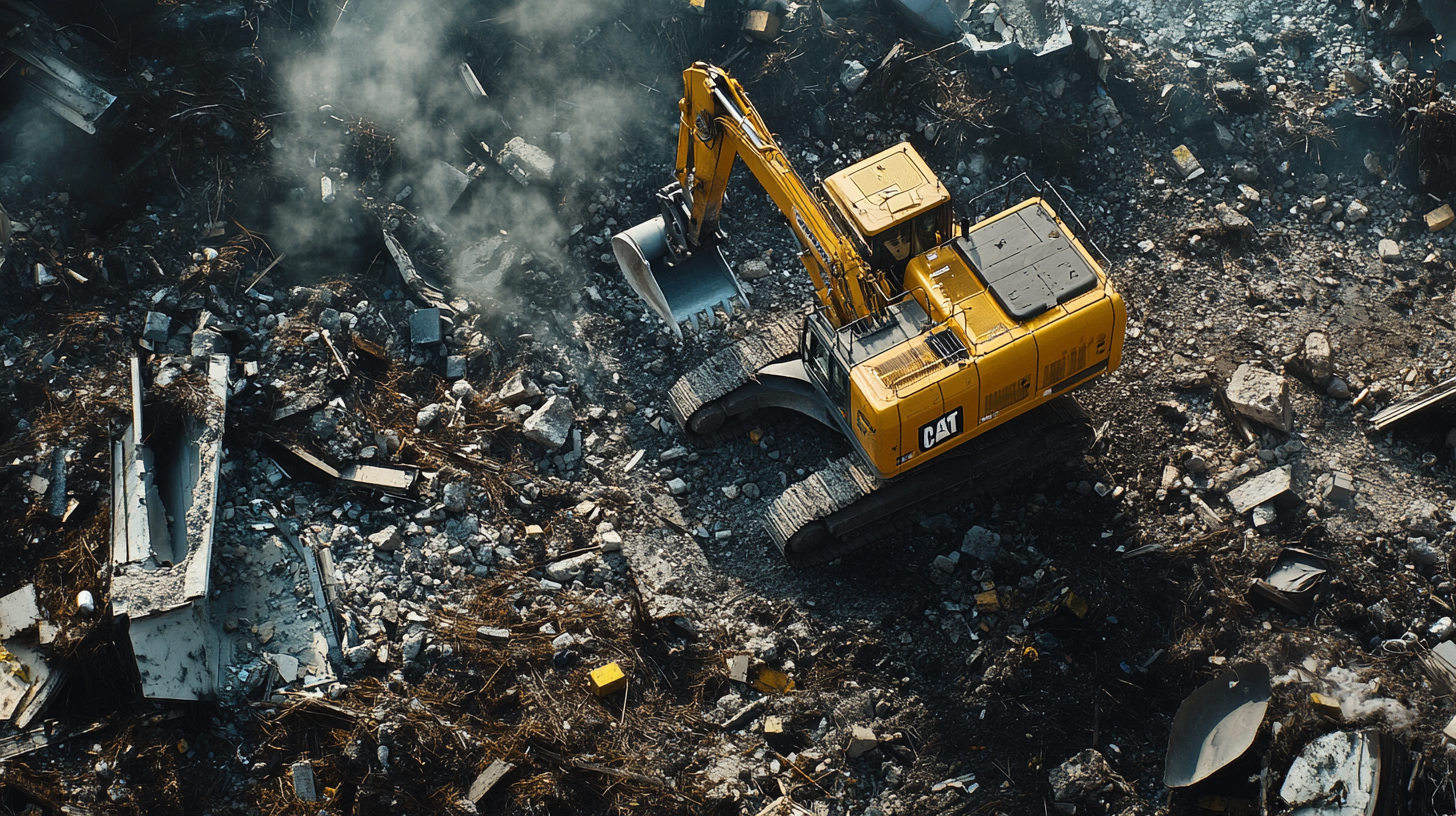
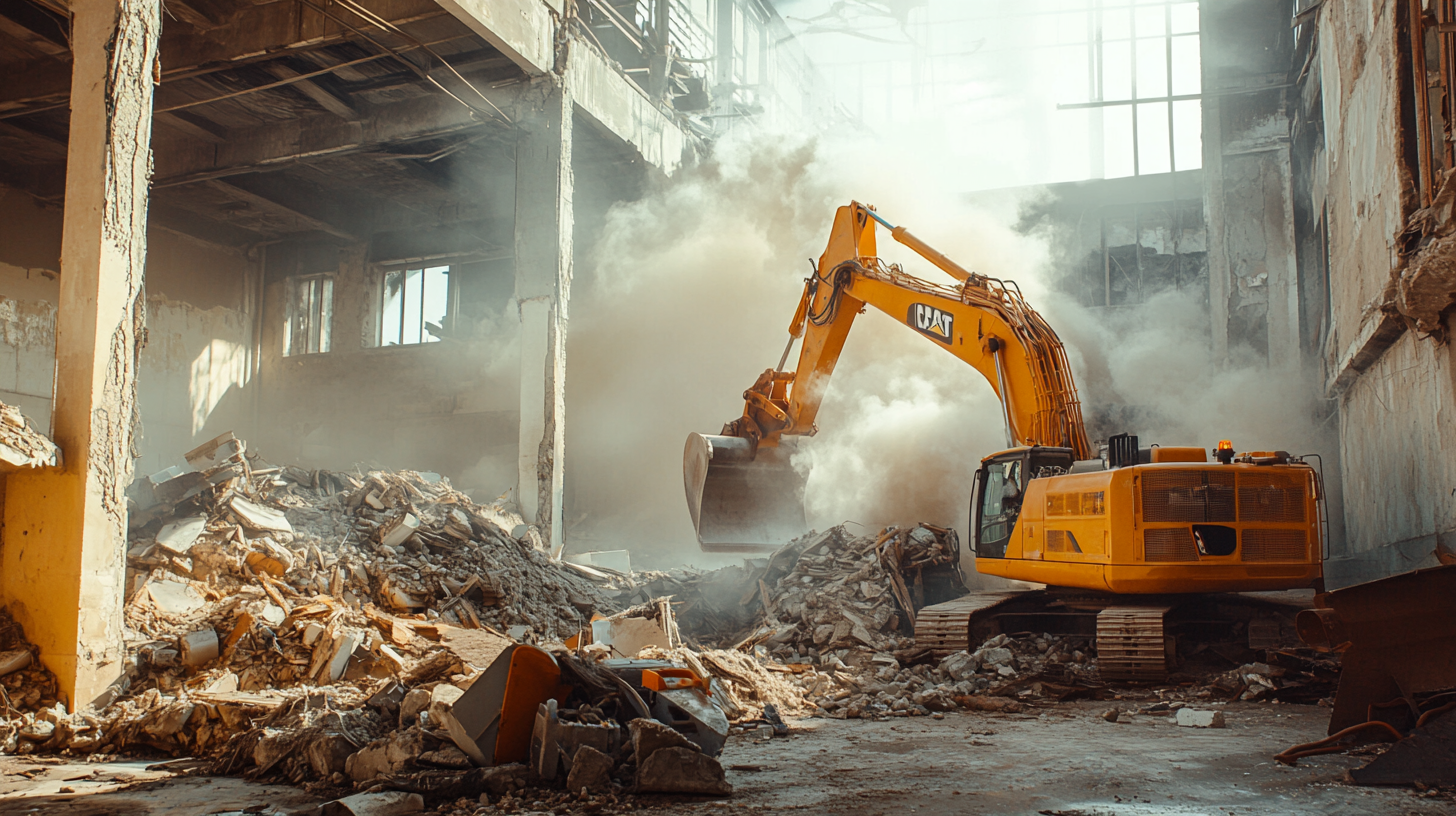
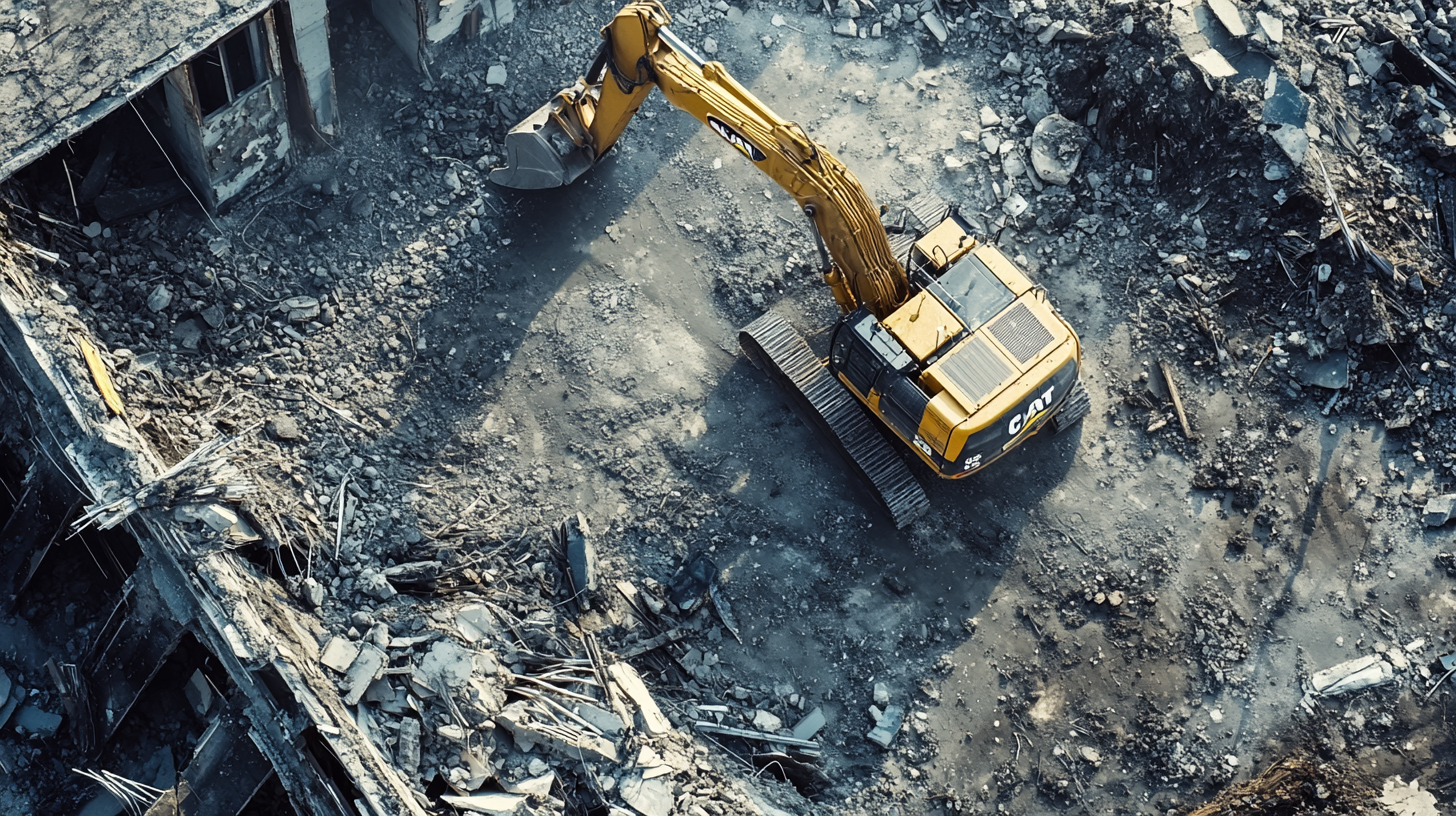
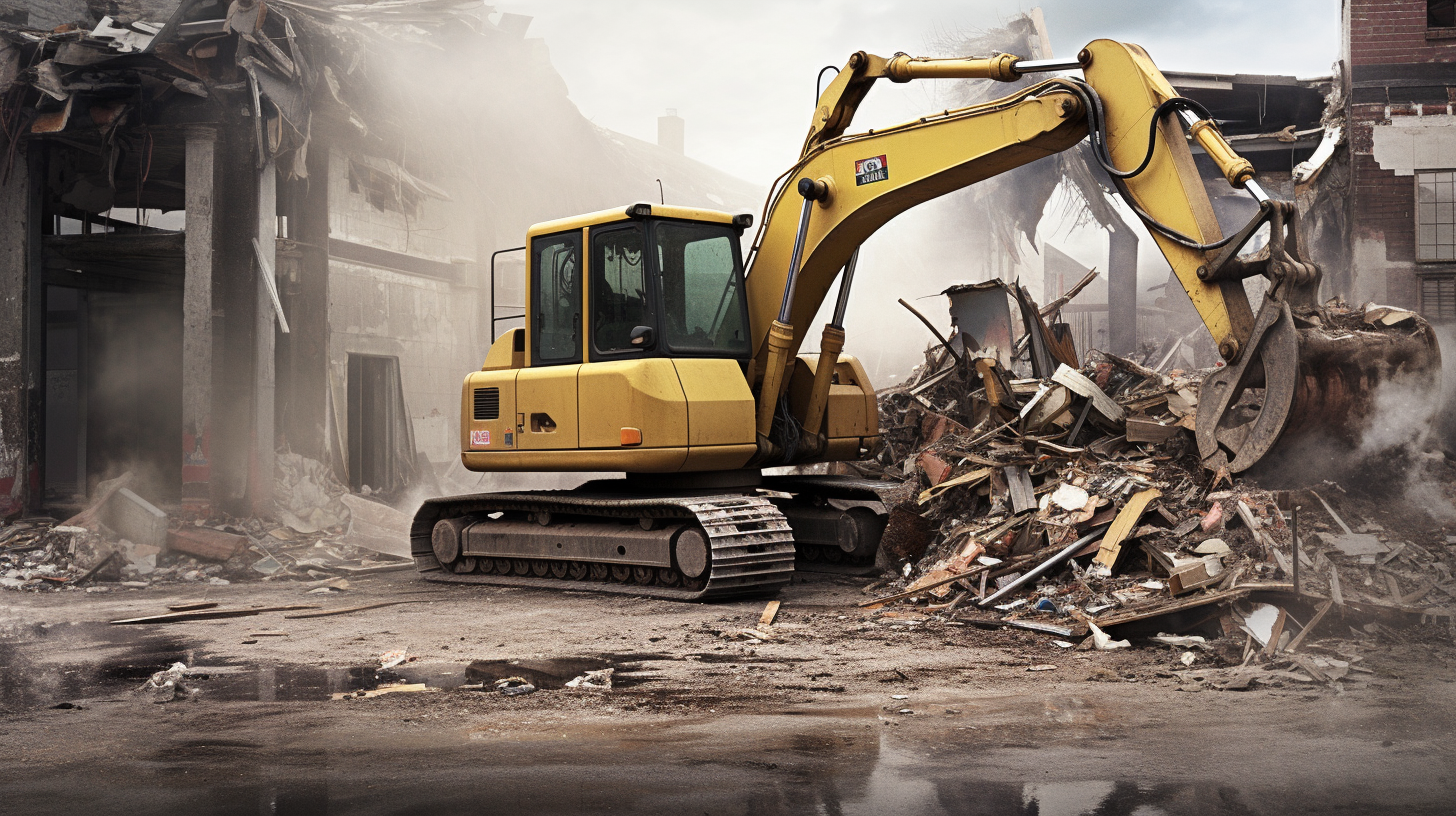
Got a Question? We’re Here to Help.
You can arrange an appointment or make an enquiry by phone or email, orget in touch to us via our contact form.

